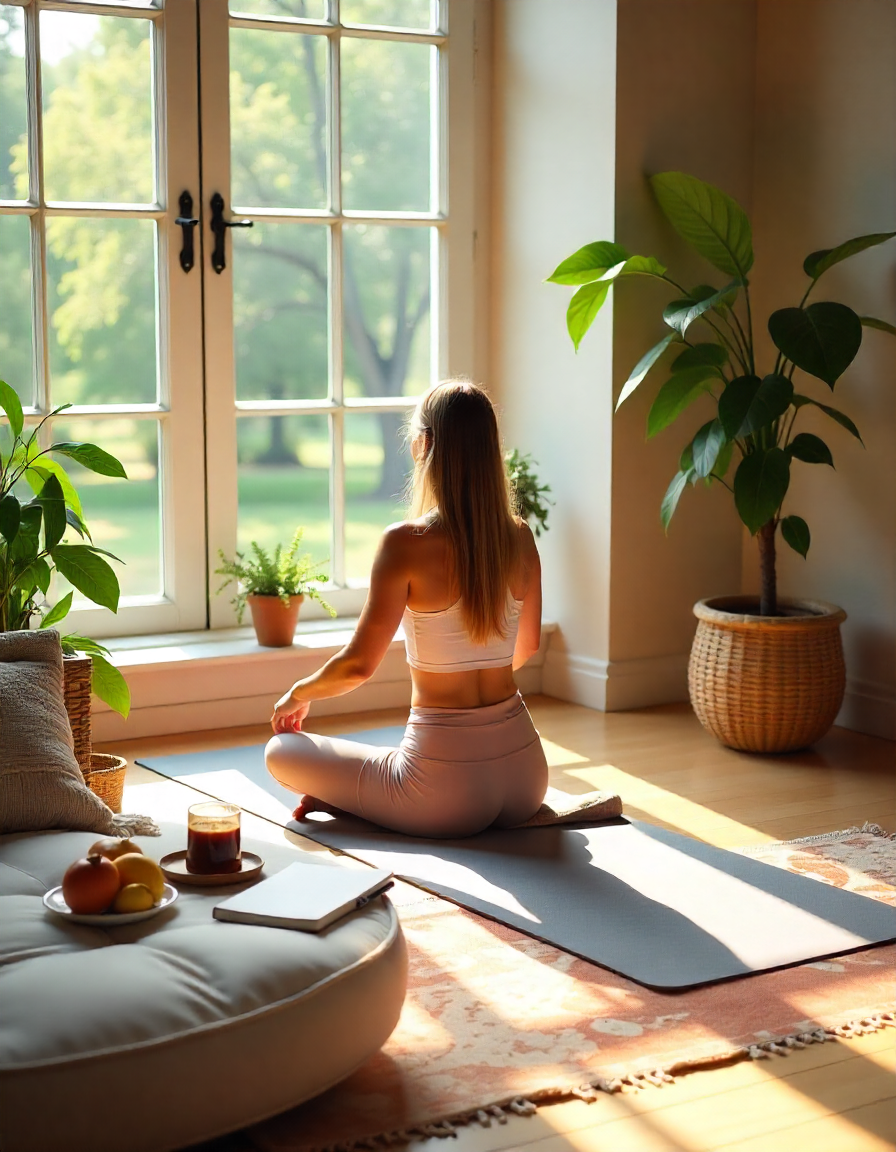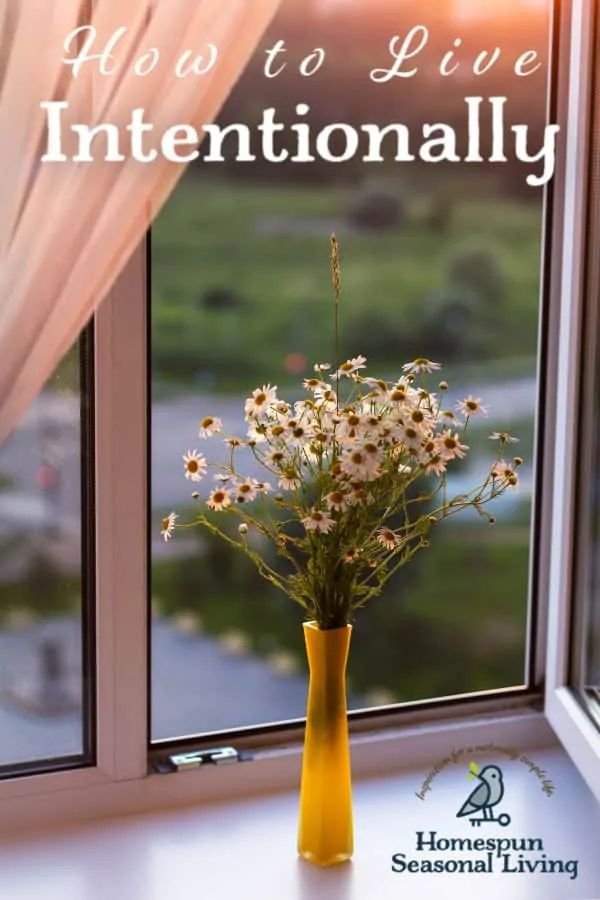Lifestyle is one of those broad ideas that everyone relates to, yet it is deeply personal. It is not simply about what you wear or the food you eat; it is about the small, consistent decisions that shape the rhythm of your days. In recent years, people have begun to look at lifestyle not just as a reflection of taste but as a strategy for balance, well-being, and personal identity. The way you organize your space, spend your time, and care for your body and mind tells a larger story about who you are and what matters most to you.
One of the biggest changes in how people think about lifestyle is the growing awareness of intentional living. Instead of filling schedules with endless tasks or acquiring possessions without thought, more individuals are focusing on what brings genuine satisfaction. This shift often begins at home. Minimalist interiors, for example, are not just about a bare aesthetic—they help reduce stress by removing unnecessary distractions. On the other hand, those who prefer a maximalist style often use their homes to showcase memories and personal stories, surrounding themselves with colors, textures, and objects that inspire joy. Both approaches have value, and the key lies in choosing what aligns with your personality rather than following a rigid trend.
Health and wellness form another cornerstone of lifestyle. In a world where many jobs require long hours at a desk, movement has become essential. But instead of relying solely on intense gym sessions, more people are weaving exercise into daily life in smaller, sustainable ways. Walking meetings, cycling to work, or doing short stretching routines at home are examples of this integration. Nutrition, too, is evolving beyond strict diets. The conversation now revolves around mindful eating—listening to your body, understanding how different foods affect your mood and energy, and finding pleasure in meals without guilt. For some, that may mean plant-based cooking with local ingredients, while for others, it could mean embracing cultural traditions passed down through generations.
Mental well-being has also gained a central place in lifestyle discussions. Where once stress management might have been dismissed as a private concern, it is now openly discussed and addressed. Practices like meditation, journaling, or even digital detox days are becoming mainstream. People are realizing that mental clarity is not a luxury but a necessity, and many are setting boundaries around work and personal time to preserve it. Even something as simple as spending ten minutes outdoors each morning can have profound effects on mood and focus.
The role of technology in lifestyle cannot be ignored. Smartphones and apps influence how we plan our days, track our habits, and connect with others. But technology also raises questions about balance. While tools like fitness trackers or meditation apps can support healthier routines, overuse of screens can disrupt sleep and focus. As a result, there is growing interest in digital well-being—learning to use devices mindfully rather than letting them dictate our lives. Some households create phone-free zones at dinner tables, while others set limits on social media use, carving out more time for face-to-face interaction and creative pursuits.
Work-life balance remains one of the most pressing lifestyle challenges. The shift toward remote work has blurred the lines between professional and personal space. Some thrive in this flexibility, designing their day around both productivity and leisure, while others struggle with boundaries. The solution often comes down to creating rituals. Something as small as making a morning coffee, lighting a candle before starting work, or taking a short walk at the end of the day can serve as markers that separate roles. Establishing these routines helps people feel more grounded and prevents burnout.
Travel and leisure also play a large role in lifestyle. Modern travelers often seek more than sightseeing; they look for meaningful experiences. Instead of simply snapping photos at landmarks, people are enrolling in cooking classes abroad, volunteering, or exploring hidden cultural traditions. Even local travel is being redefined. A weekend spent discovering a nearby town, hiking a new trail, or visiting a local art exhibit can offer the same sense of renewal as a long-distance trip. The essence lies in being present, appreciating novelty, and allowing curiosity to guide you.
Sustainability has become another defining feature of lifestyle choices. From the clothes we wear to the energy sources we rely on, decisions carry environmental weight. More households are shifting toward eco-friendly habits like composting, using reusable items, or supporting ethical brands. In fashion, secondhand shopping and capsule wardrobes are rising in popularity, proving that style does not need to come at the planet’s expense. Even in interior design, natural materials and upcycled furniture are gaining attention, merging aesthetics with responsibility.
Community is another aspect often overlooked but vital. A fulfilling lifestyle extends beyond individual routines to include the connections we nurture. Social circles, whether small gatherings with friends or larger community events, provide belonging and perspective. Volunteering, joining local workshops, or simply checking in with neighbors enriches life in ways that solitary achievements cannot. Particularly after global challenges like the pandemic, the importance of connection has become clearer than ever.
Creativity, too, is essential. Lifestyle is not just about efficiency or health—it is about expression. Whether through painting, writing, cooking, or music, creative outlets allow individuals to explore identity and bring joy. Many people mistakenly believe creativity is reserved for professionals, yet small acts like rearranging furniture, experimenting with recipes, or keeping a personal photo journal are powerful ways to infuse life with imagination.
Financial habits shape lifestyle as well. For some, financial health is about budgeting and saving, while for others, it is about investing in experiences. The rise of side hustles and freelance work shows that people are not only seeking extra income but also creative freedom. At the same time, there is recognition that constant hustling can undermine well-being, leading many to reconsider what “success” really means. Finding a balance between ambition and rest is perhaps one of the most important lessons in shaping a fulfilling lifestyle.
In the end, lifestyle is less about perfection and more about alignment. It is not about matching a magazine spread or living according to rigid rules, but about discovering what supports your values, health, and happiness. For some, that might mean waking early to practice yoga and prepare smoothies. For others, it might mean staying up late to paint or write, then sleeping in without guilt. The beauty of lifestyle is its adaptability—it grows with you, shifting as your priorities change over time.
The conversation around lifestyle today reflects a broader cultural shift: a desire for authenticity, balance, and meaning. Whether through home design, wellness practices, community engagement, or sustainable living, people are seeking lives that feel both intentional and enjoyable. Trends will come and go, but the core remains the same—the pursuit of a way of living that reflects both who you are and who you hope to become.




